If you haven’t been cooking your pasta in the electric pressure cooker, you are seriously missing out on what I think is the most convenient option of all time.
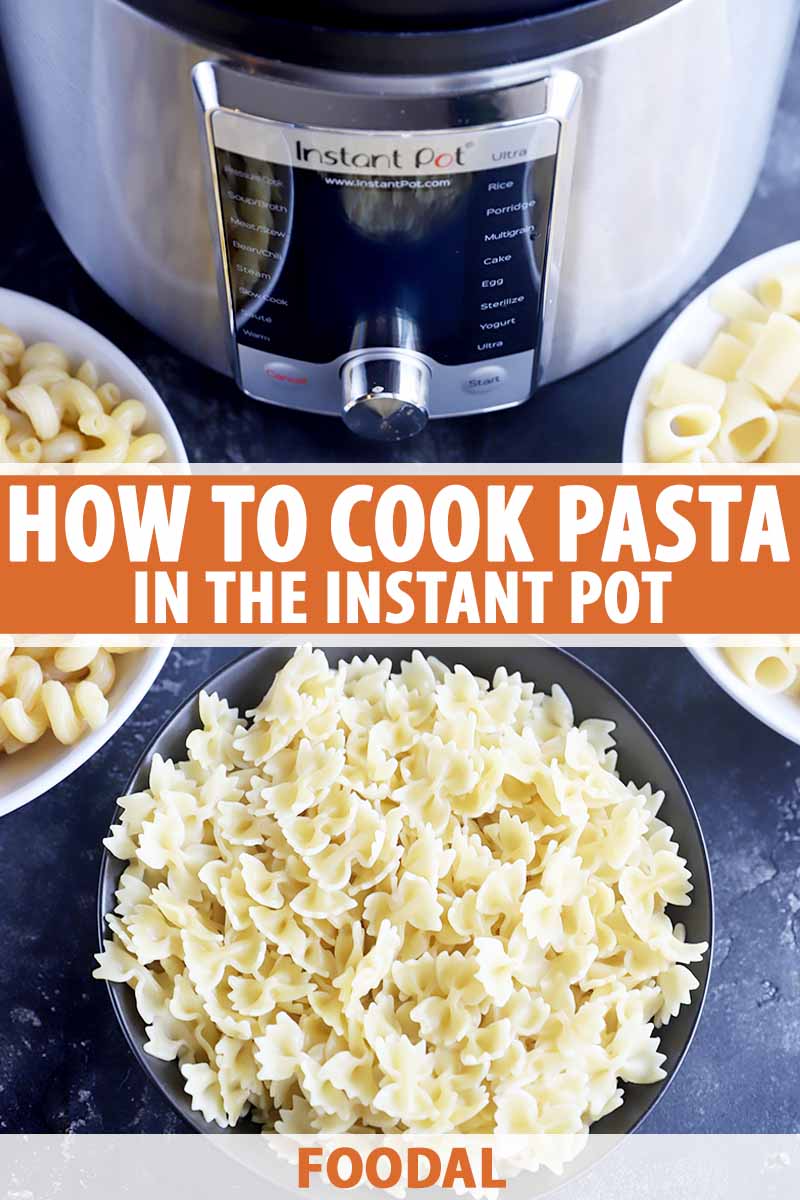
This appliance can turn out perfectly cooked pasta every single time you make it, without having to wait around for water to boil, or worrying about the pot overflowing all over your stove.
I don’t know about you, but this is one of my least favorite things to deal with. Starchy salted water on a flat top range can be a major pain to clean up!
You might think cooking this beloved starchy side in the Instant Pot wouldn’t be worth the fuss, since pasta is already pretty simple to prepare. But it’s the added convenience that really makes the difference for me.
By cooking in this appliance, it’s so much easier. You can simply set it and not even think about it until the timer goes off. That leaves me free to either relax (which we never get enough of, am I right?) or tend to the remaining dinner items that I need to get ready.
So, let’s go ahead and dive into this how-to guide, shall we?
You can cook any type of pasta simply. Below, you will find tips and tricks, along with various popular types and shapes that are delicious to eat, and that give you the perfect excuse for utilizing your countertop appliance in the most wonderful way.
Here’s what ahead:
How to Cook Pasta in an Electric Pressure Cooker
This roundup of basic details and different types that you may want to cook at home will also take you to detailed instructions for each variety. Just follow the links provided.
The Basics
Cooking pasta in the electric pressure cooker is the easiest way to do it. It’s quick, efficient, and involves absolutely no hovering or tending to.
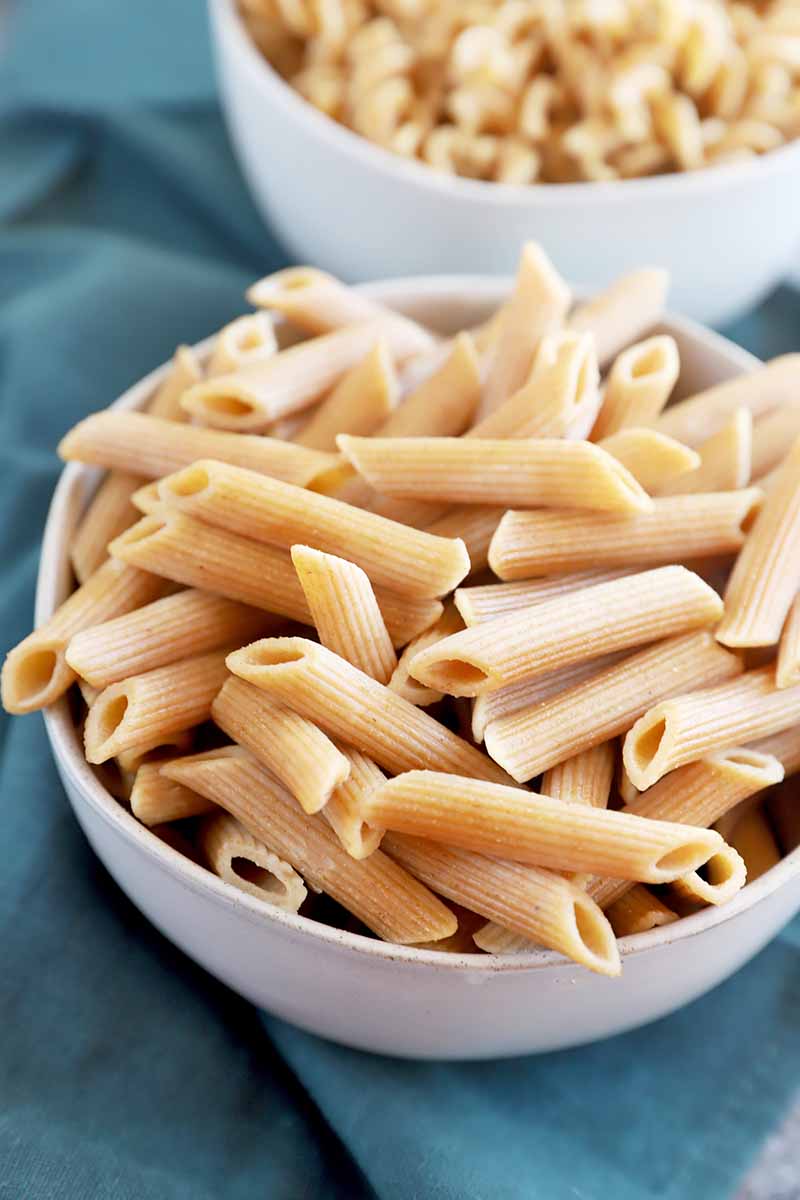
The basics of cooking pasta are pretty simple. There’s the noodles, plus liquid and salt are involved. These vary a bit in quantity, according to the type you are using, but the one thing that remains fairly consistent is how to figure out the cook time.
You know what you won’t need? A colander! In fact, you don’t need any extra equipment, not even a trivet. With just the cooker insert and your appliance, you’re good to go.
Here’s a pro tip you can use with pasta to cook it for the correct amount of time in your electric appliance. The formula goes as follows:
Take the total time to cook as written on the box, divide it in half, then subtract two minutes.
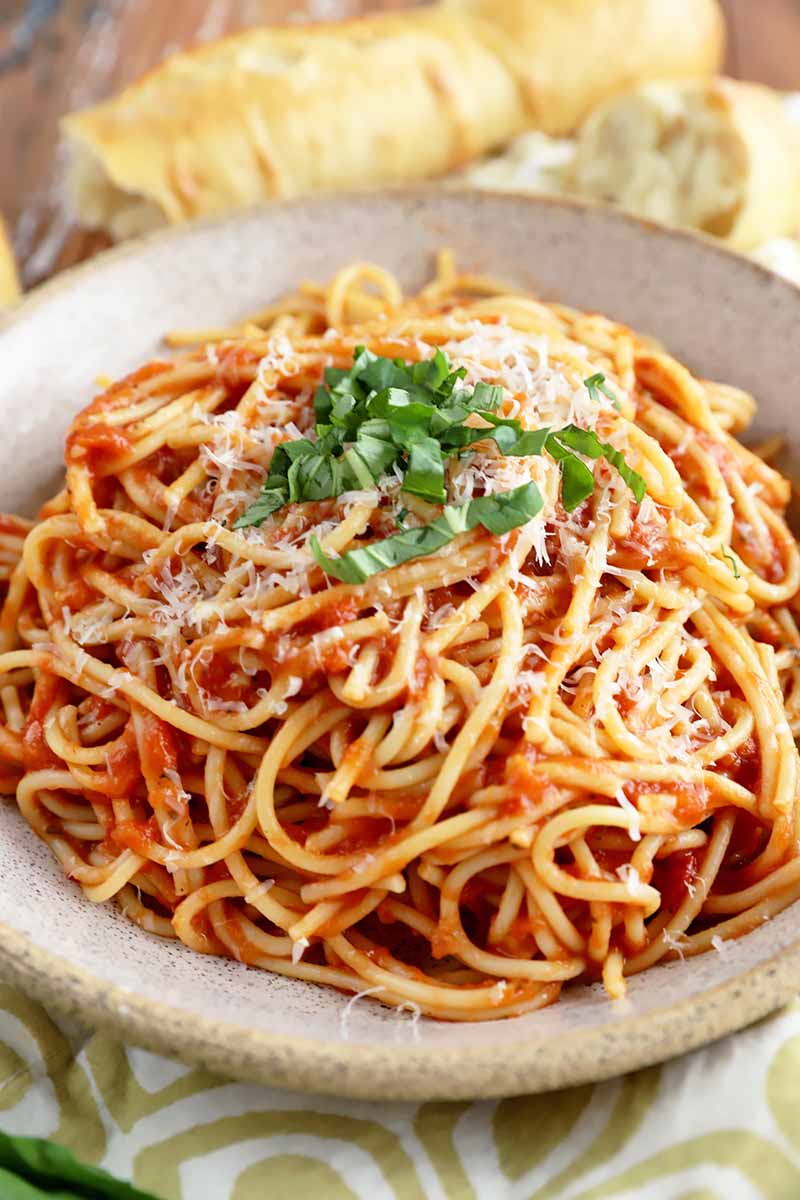
It’s the most basic of formulas, but it works like a dream every single time, particularly with short types. If you are working with odd numbers, all you have to do is round up to the nearest minute.
In addition, in most cases you will wait 5 minutes for the pressure to naturally release from the machine before manually releasing the remaining pressure.
The result will be perfectly cooked pasta, and all the liquid will have disappeared once you give it a good stir. I swear, it’s like magic.
Couscous
There are several types of couscous, from varieties made with plain refined flour to whole wheat. It also comes in several sizes, from Moroccan (the smallest, also referred to as instant) to Israeli or pearl (which is larger).

The only difference between the types when you are using this appliance? It’s in the cook time.
You will want to add a few minutes if you are using the larger type, and the instant types cooks in as little as 0 minutes on the timer.
Find out how to make whole wheat couscous in the electric pressure cooker.
Egg Noodles
Egg noodles are cooked very quickly and make such a lovely base for so many recipes including goulash, stews, and other hearty meals.
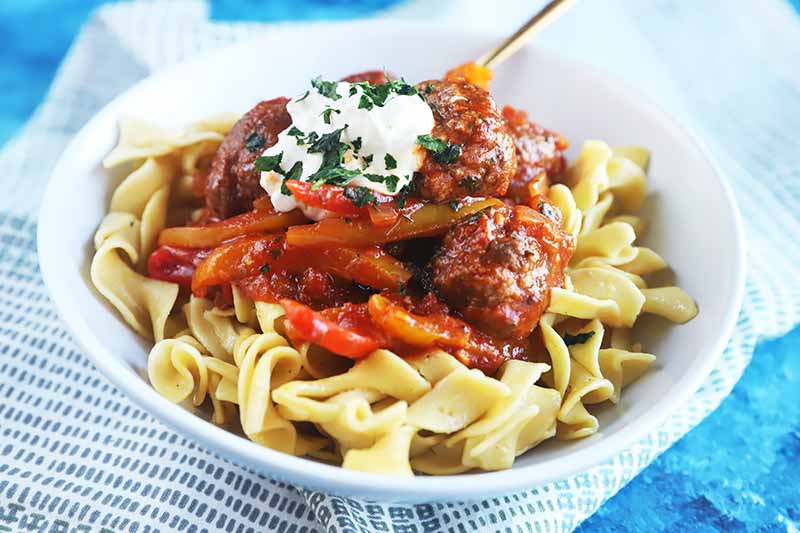
This is a versatile noodle that you can even use in casseroles. Try tuna noodle casserole, if you want a throwback to your childhood years (or mine, at least!).
Learn how to cook egg noodles in the electric pressure cooker now.
Elbow Macaroni
One of the easiest ways to make macaroni and cheese, whether you are simply adding a cheese sauce or baking it, is to cook it using this method.

The short tubular noodles come out al dente, and you can have homemade macaroni and cheese in just 15 minutes. In my opinion, that’s pretty dang miraculous for a homemade recipe.
Make elbow macaroni in the electric pressure cooker following these instructions.
Orzo
Orzo is a tiny shape that is the ideal quick side and makes for a fun alternative to rice. It’s a versatile option and it actually cooks much faster than rice.
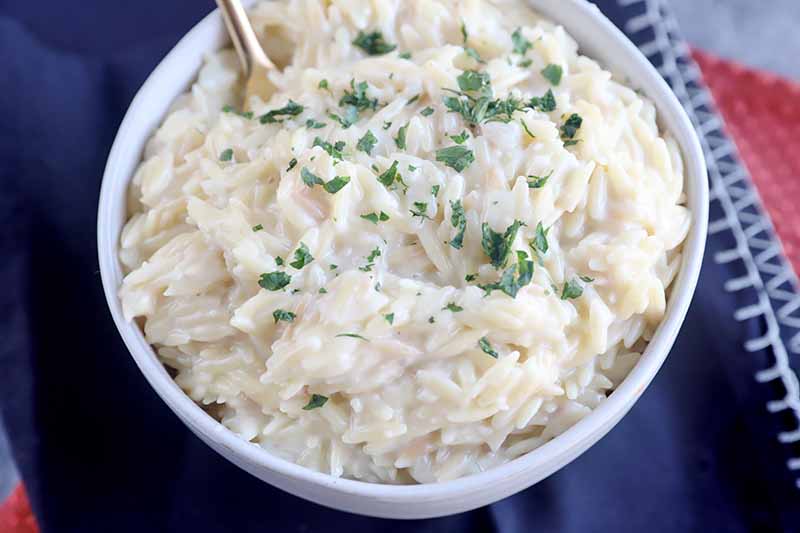
You can customize the flavors however you like. Not to mention, you can even make mac and cheese out of it!
Learn how to cook orzo in the electric pressure cooker here.
Plain Pasta
When referring to plain pasta here, I am talking about short types like penne, farfalle, rigatoni, and so on. This is a broad overview of how to cook these bite-sized varieties, with perfect results every time.
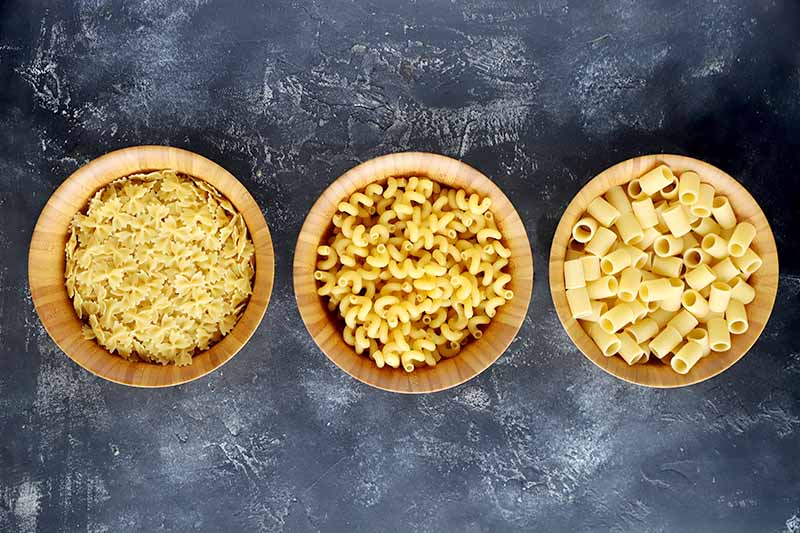
With the formula mentioned above, you simply can’t go wrong. It can be applied to any type of shorter style. Just start with 8 ounces (usually about half a package), add your choice of liquid and some salt, and set your timer.
Find out how to cook plain pasta in the electric pressure cooker here.
Rice Noodles
It’s not just the Italian varieties of noodles that can be whipped up in the pressure cooker.

Rice noodles are an all-time favorite for those hoping to make their favorite Asian takeout dishes at home. From lo mein to pad thai, cooking the noodles in this appliance makes getting dinner on the table so much easier.
Master cooking rice noodles in the electric pressure cooker now.
Spaghetti
Spaghetti is a type we all know and love, whether it is made with refined flour or whole wheat.

The biggest tip here is to make sure you break those long noodles in half before placing them in the insert. This ensures even cooking, since the noodles will lie flat on the bottom this way.
Try our tips to cook spaghetti in the electric pressure cooker at home.
Tortellini
You can use any type of tortellini you like, from cheese to sausage to fresh herb and ricotta.
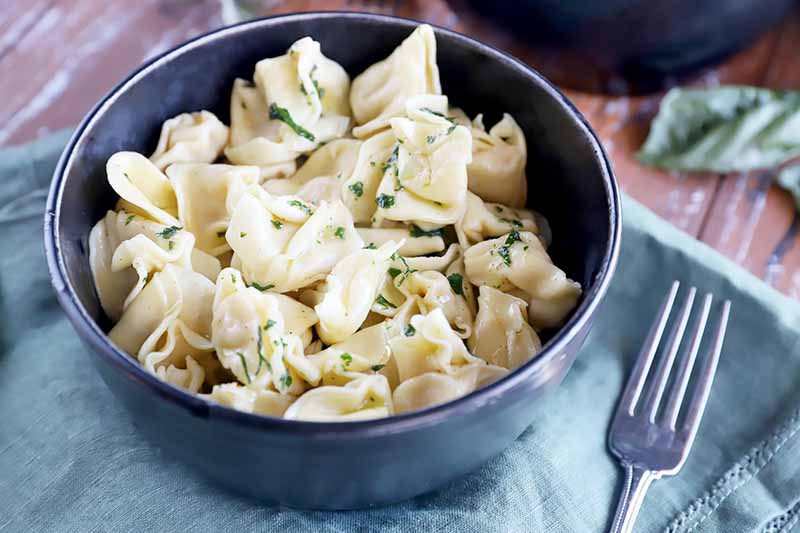
I like to buy them frozen, because they keep longer and you can toss them straight into the pressure cooker without thawing them before cooking. Dried shelf-stable varieties will work just as well.
Simply toss it with some butter, or make a sauce to go with it, and dinner is set.
Learn how to cook tortellini in your electric pressure cooker.
Whole Wheat
If you are looking to cook whole wheat pasta, you can easily do this as well.
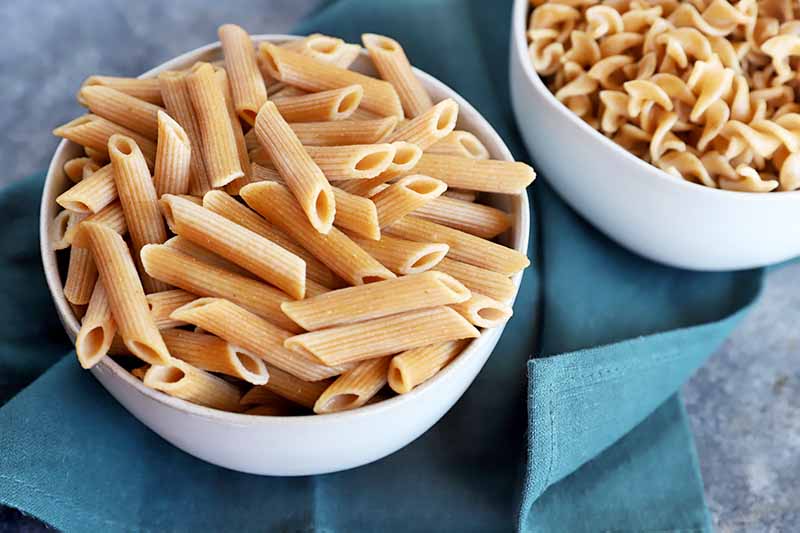
The whole grain flour that it’s made with doesn’t even add any extra time to the formula referred to above.
It’s super simple to cook, and again, for this particular method we are referring to any short type that fits easily on a fork, such as penne, elbow macaroni, or farfalle.
Read our instructions to cook whole wheat pasta in the electric pressure cooker.
What If There’s Liquid in the Bottom?
When you first open up the pressure cooker, you may notice that there is a little liquid remaining, bubbling away at the bottom of the insert.
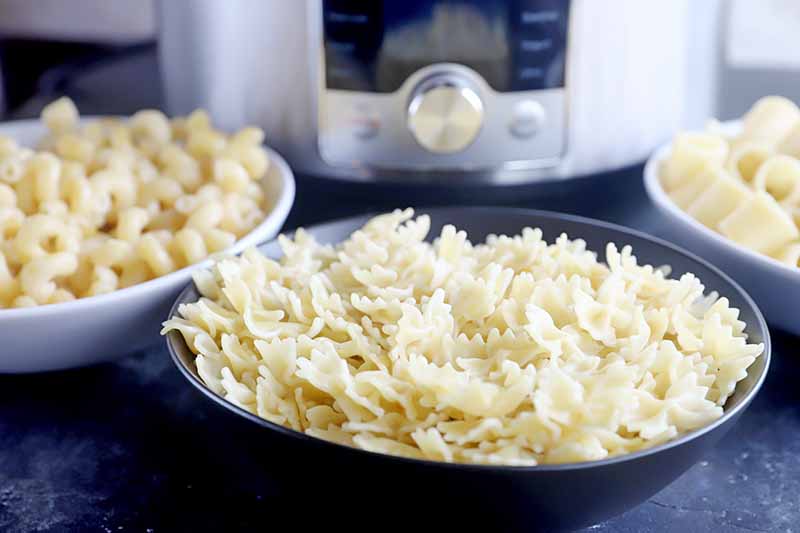
The first thing you want to do is give everything a good stir. You will find that in most cases, this will make the liquid magically disappear.
Another added bonus is that this liquid acts much like olive oil might when you add it to drained and cooked noodles prepared on the stove. It gives them a little slickness, which stops the noodles from sticking together.
If you are setting them aside for a moment before using them in a recipe, you won’t end up with a big old glob of noodles!
You can also use some melted butter or olive oil to help keep the noodles from sticking if you prefer.
Which type of pasta do you love to cook most of all? Tell us in the comments below.
And if you are looking for more ways to make the most of your electric pressure cooker, check out the following how-to’s from Foodal next:
- How to Cook Rice in the Electric Pressure Cooker
- How to Cook a Whole Chicken in the Electric Pressure Cooker
- How to Cook Brussels Sprouts in the Electric Pressure Cooker
Photos by Meghan Yager, © Ask the Experts, LLC. ALL RIGHTS RESERVED. See our TOS for more details.
About Meghan Yager
Meghan Yager is a food addict turned food and travel writer with a love for creating uncomplicated, gourmet recipes and devouring anything the world serves up. As the author of the food and travel blog Cake 'n Knife, Meghan focuses on unique foodie experiences from around the world to right at home in your own kitchen.



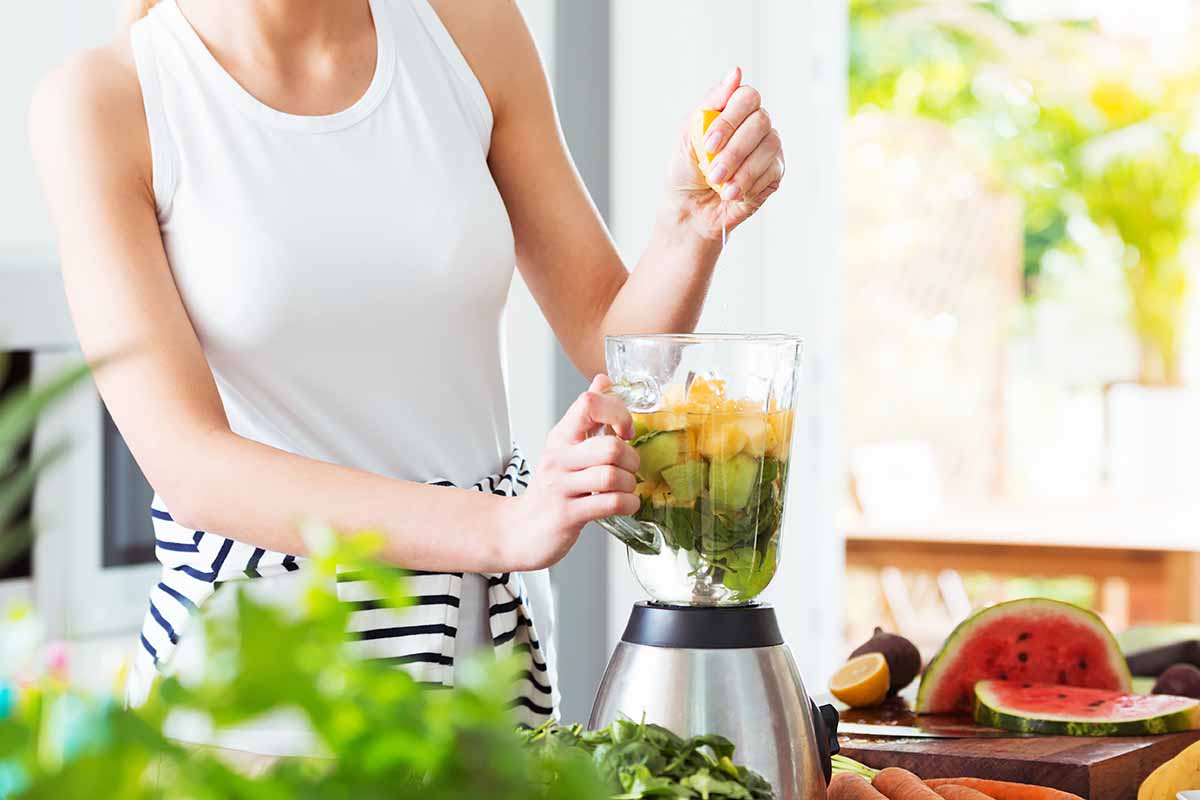

Scroll scroll scroll scroll and not a hint in the whole absurdly long article as to the proportions of water vs pasta needed. Back to the search engines.
Hi, Suzanne! We’re sorry you’re frustrated! If you didn’t notice in the introduction’s Table of Contents, this article is a summarizing collection of all our tutorials on cooking 9 different styles of pasta. We provide links to each of these in the corresponding sections. Depending on what style of pasta you are cooking, each requiring different levels of water, we include the appropriate ratio of ingredients as well as step-by-step instructions in each individual article.